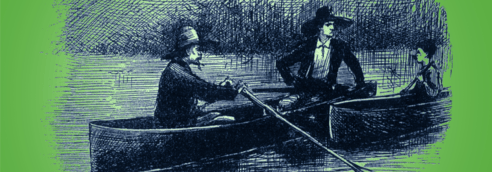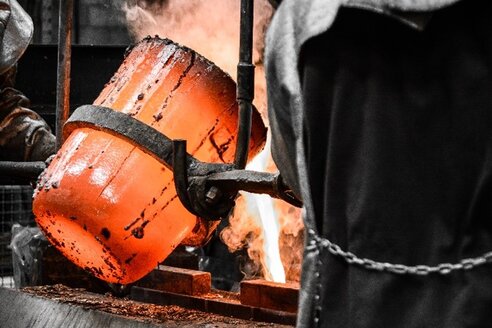Lesson Overview
In this lesson, students will explore the ways in which The Crucible serves as an allegory that reveals the tension between unalienable rights and the social pressure to conform. To begin, students will watch a short video from a speech by Arthur Miller that will guide them to consider why he wrote The Crucible. Then students will engage in learning activities that will help them understand what contributes to the allegorical meaning of a play—particularly by identifying and explaining elements that enhance the allegorical meaning of The Crucible. After reading act 4, students will examine the ways that relationships within the play serve as vehicles that enhance the audience’s understanding of the conflict between individual rights and the pressure to conform to society’s wishes. Finally, after writing journal entries from the perspective of a chosen character, students will determine whether or not The Crucible is relevant to our current moment.





